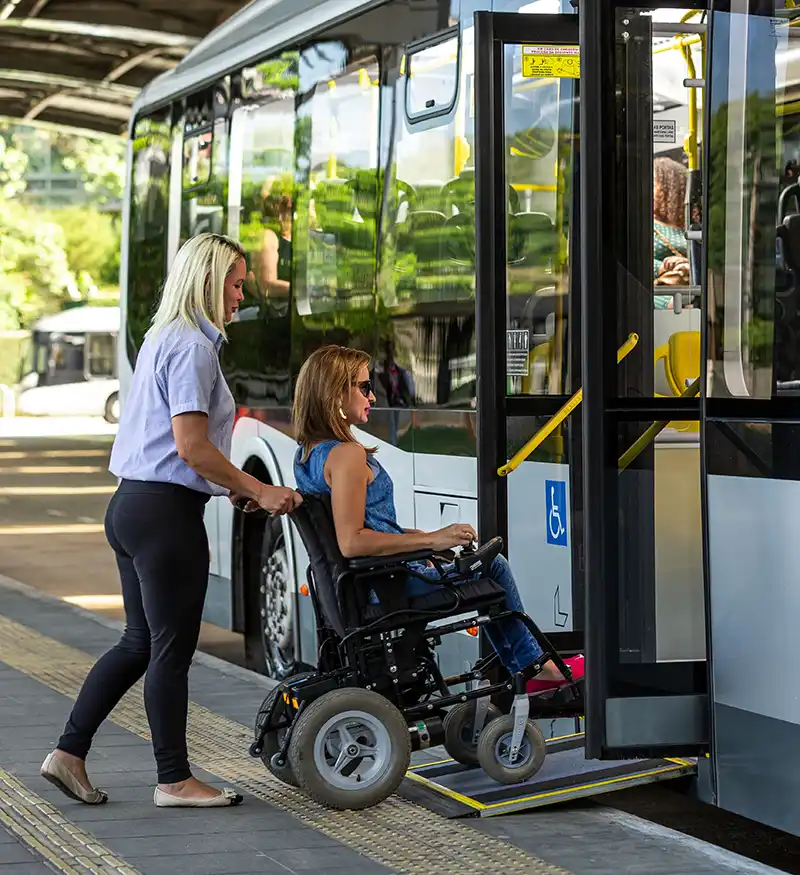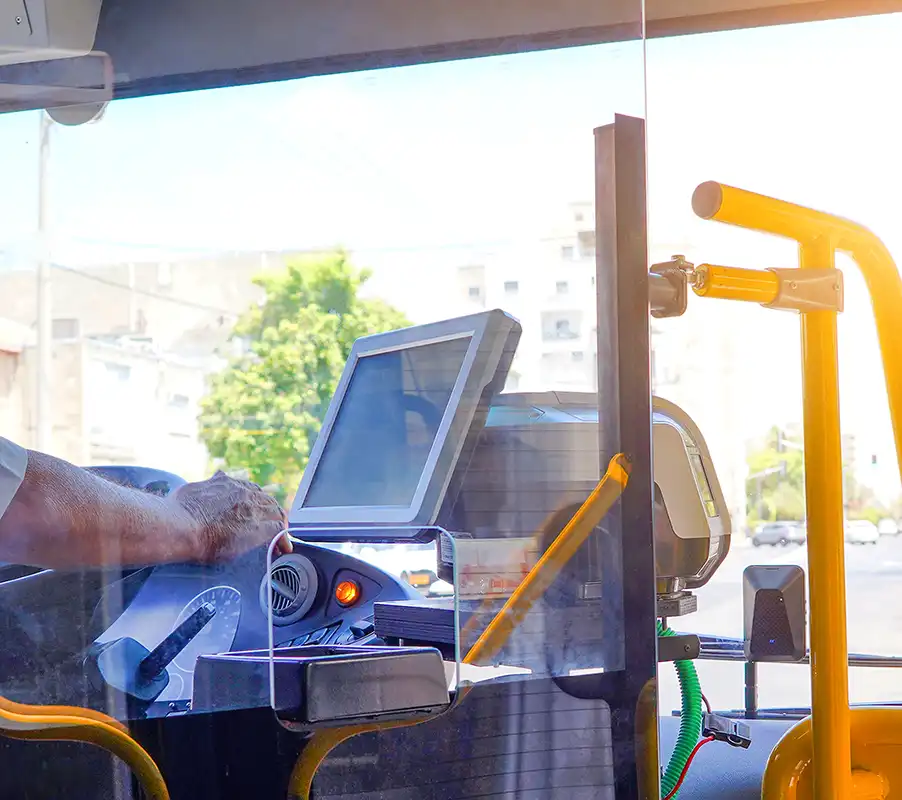
Public transportation is a mobility lifeline, particularly for those in low-income, underserved, or transit-dependent communities. Fare capping — a policy that limits how much a rider pays within a set period (daily, weekly, monthly) — has become a popular tool to make transit more affordable. However, traditional fare capping systems are typically flat and inflexible, typically applying the same thresholds to all riders regardless of their financial situations or travel needs.
With the preponderance of AI opportunities these days, I started to wonder whether AI can offer an opportunity to make fare capping more dynamic and equitable.
Understanding Traditional Fare Capping
In its simplest form, fare capping works by ensuring that once a rider has paid a certain amount in fares during a day or week, they ride free for the rest of that period. For example, a rider might pay $2.50 per trip, but once they spend $6.00 in a day (the price of a day pass), any additional trips are free. This encourages frequent use and removes the burden of needing to buy a pass upfront.
While this helps regular riders save money, it doesn’t take into account individual circumstances. A flat cap assumes that everyone can afford the same amount before reaching their benefit, which is often not true.


How AI Can Enable Equity-Driven Capping
AI brings the potential to customize fare capping thresholds based on socioeconomic data and travel behaviour, enabling dynamic, needs-based capping that targets support where it’s needed most.
1. Personalized Fare Caps Based on Rider Profiles
Using AI, transit agencies can analyze large-scale ridership data — including trip frequency, payment methods, and neighborhood demographics — to estimate each rider’s economic profile. This doesn’t mean collecting sensitive personal information explicitly; AI can infer socioeconomic status from proxies such as:
- Postal code, FSA or census tract
- Trip patterns (e.g., daily commuters vs. occasional users)
- Time of day travel patterns (off-peak vs. rush hour)
- Payment methods (cash vs. mobile wallet)
Based on these indicators, AI systems can assign personalized fare cap thresholds — for example, lowering the weekly fare cap for riders likely to be low-income or transit-dependent.
2. Automated Eligibility for Subsidies
Traditional reduced-fare programs often require applications, documentation, and approval processes that create barriers to entry. AI can automate the eligibility process by cross-referencing public benefit enrollment data or anonymized city datasets to identify users who qualify for lower fare caps — without the need for manual verification.
This automation helps:
- Expand access to fare relief
- Remove stigma and administrative friction
- Ensure benefits reach those who need them most
For example, a rider receiving social assistance might automatically have a weekly cap of $10 instead of the standard $20 — applied seamlessly when they tap their card.
3. Flexible Capping During Crises or Economic Shocks
AI can also enable transit agencies to respond quickly to economic downturns or emergencies by dynamically adjusting fare caps in real-time. For instance, during a recession or pandemic, AI can analyze shifts in unemployment data, income levels, or reduced travel patterns and temporarily lower fare caps to maintain access.
Ethical Considerations
While equity-driven fare capping is promising, it raises important questions around data privacy, transparency, and bias. AI systems must be carefully designed to:
- Avoid reinforcing existing inequities through biased training data
- Clearly explain to riders how fare cap decisions are made
- Protect sensitive personal or location data from misuse
Agencies should engage in transparent governance, community outreach, and third-party audits to ensure accountability.
Conclusion
AI can reshape fare capping into a tool not just for convenience, but for equity. By leveraging data intelligently and ethically, transit agencies can provide targeted financial relief, promote transit access for vulnerable populations, and create a more inclusive mobility system. Dynamic fare capping, powered by AI tools, is a tangible way to align public transportation policy with social equity goals.

